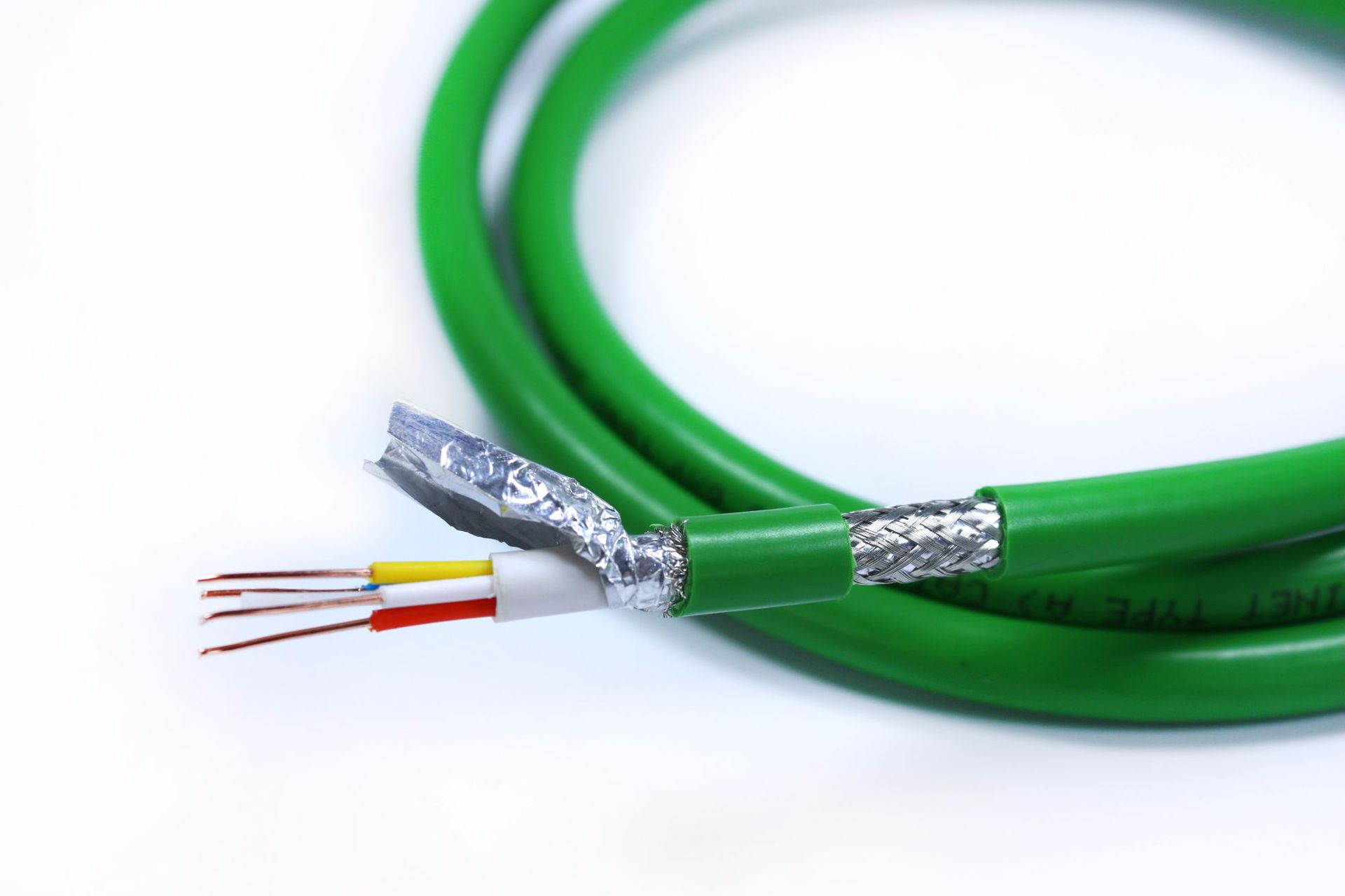
In the modern, high-tech world, cables are more than just four pairs of wires that connect electronic objects in a housing. Most of today's connections rely on both shielded and unshielded cables. So, what's the difference between shielded and unshielded cables? Below, we'll tell you more about it.
The visual difference between shielded and unshielded cables lies in the fact that shielded cables have metal mesh and film; unshielded cables do not.
Shielded twisted-pair cables have each pair of wires wrapped in foil to minimize amplitude and then wrapped again to provide double protection.
Unshielded twisted-pair cables twist each pair of wires together, consisting of multiple cores and a plastic sheath, and then wrap these wires in conduit without any other protection.
Shielded cable with a shielded crystal head, can effectively block the surrounding other high-power electrical appliances as well as strong power electromagnetic radiation interference, significantly reducing the BER of the signal transmission.
Unshielded cable, due to the different materials used in its jacket and different conductor structure, results in unshielded cable interference strength.
Shielded cable can reduce interference, but its installation needs to be equipped with a special linker to support the shielding function and the corresponding installation techniques.
Therefore, the installation of shielded cable is more difficult than unshielded cable.
(1) Shielded cable only in the entire cable are shielding devices, and both ends of the correct grounding of the case only play a role.
Therefore, the laying of shielded cable requires that the entire system is all shielded devices.
Including cables, sockets, crystal heads distribution frames, etc., while the building needs to have a good grounding system.
Since shielded cable is useful in any environment where there is a high potential for electronic interference, it can be used in radio station cable assemblies and airport cable assemblies.
STP cables are also used in stabilization systems to protect against power frequency and RF interference.
It can also be used in boxed buildings with several different components nearby.
(2) Unshielded cables (UTP) do not use shielding to minimize interference.
And because they are lightweight, flexible, easy to install, and inexpensive, unshielded cables are suitable as office LANS and similar network cabling systems.
The above is the difference between shielded and unshielded cables.
The reality is that the application, according to the actual situation, needs to choose the right cable, to avoid signal transmission when the cable signal is interfered with and can not function properly.
But there are also several material models and classifications of cable shielding, specifically which one to choose, The ZMS cable team continues to introduce you.
On different occasions, the cable structure is different.
Shielded cables are widely used in occasions of shielding interference.
So when choosing shielded cables, should you choose copper wire shielding or copper tape shielding?
About copper wire shielding and copper tape shielding, I will give you a brief understanding!
The role of the cable shield is mainly to protect the current or signal from external electromagnetic interference, to avoid the use of its electromagnetic field generated by the interference of the surrounding environment and current flow failure.
According to the requirements of shielding performance, choose different shielding materials.
Such as copper wire braided shielding, copper tape winding shielding, copper wire loose winding shielding, aluminum alloy wire braided shielding, copper-clad aluminum wire braided shielding, aluminum-plastic composite tape winding shielding, and so on.
To ensure the continuity of the shielding layer and reduce the transmission impedance of the shielding layer, it is usually necessary to place one or more annealed copper wires longitudinally in the shielding layer as a diversion line for copper tape winding.
The primary direction of the copper tape shielding current is the same as that of the copper tape.
The copper wire shield current flows through a short path and generates less heat.
Two layers of copper tape shielding increase the shielding cross-sectional area, reduce the flowing current, and produce less heat.
Although it shields the signal, it produces its own increased magnetic field if it is aimed at a cable with a current carrying capacity of 500mm.
When the short-circuit current exceeds a certain value, the effective cross-section value of the second layer of 0.12 mm copper tape cannot reach the larger effective cross-section value that can be achieved by copper wire winding.
Taken together, the shielding effect of copper wire is much better than other shielding methods.
It is reliable in continuity, so copper wire shielded cable can be selected.
However, according to different construction schemes and laying environments, copper-shielded cables are also highly utilized.
Here, users should choose to buy according to their needs.
If you still don't know how to choose in terms of cable shielding, you can consult ZMS cable, we will have professional cable sales representatives to answer your questions.